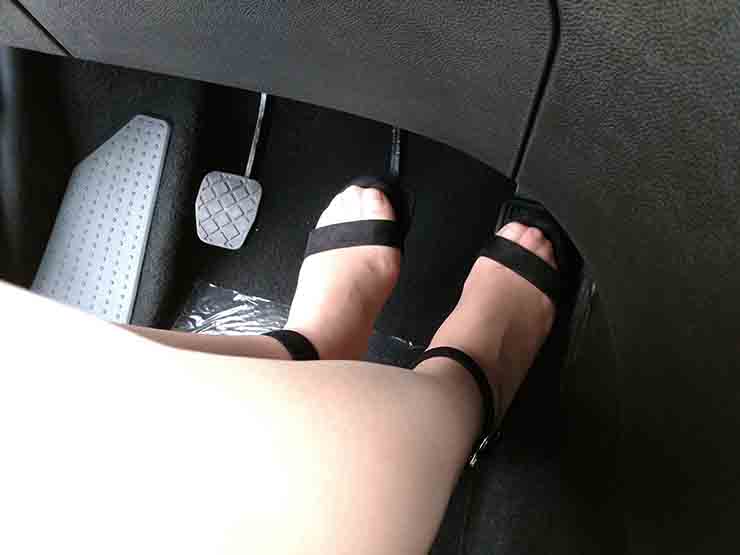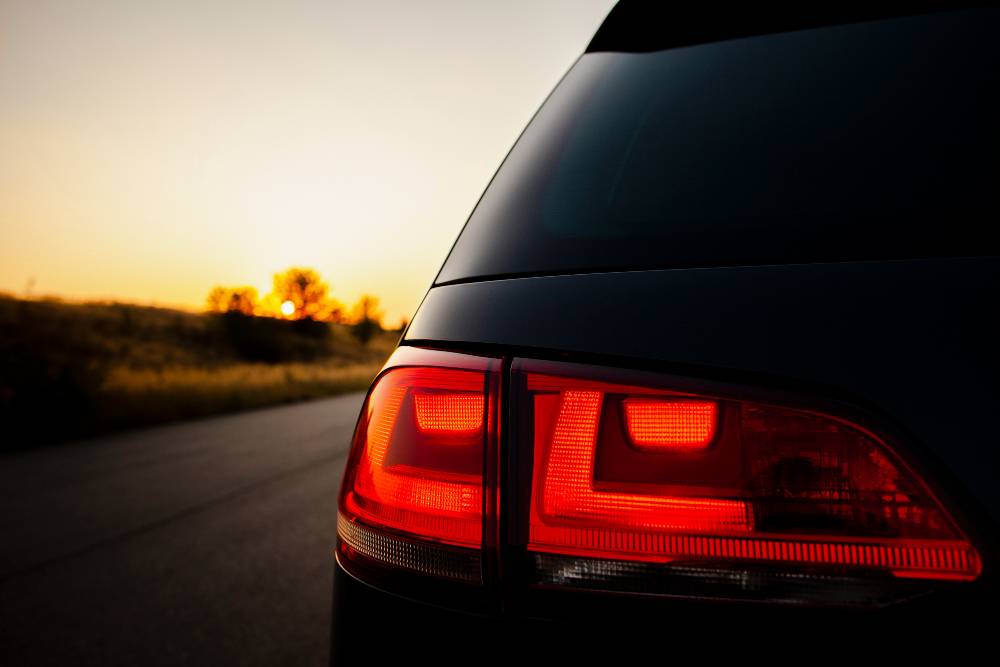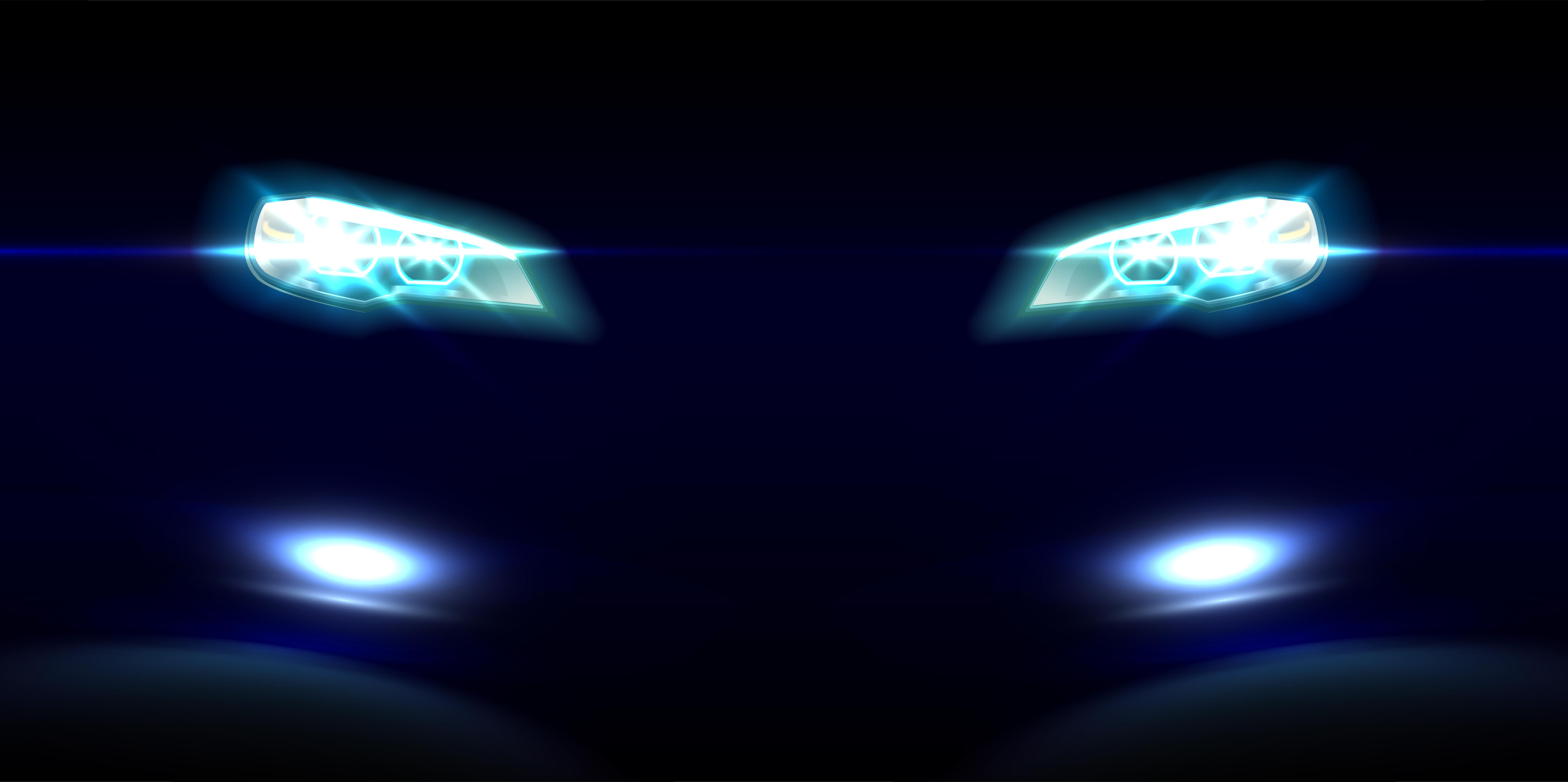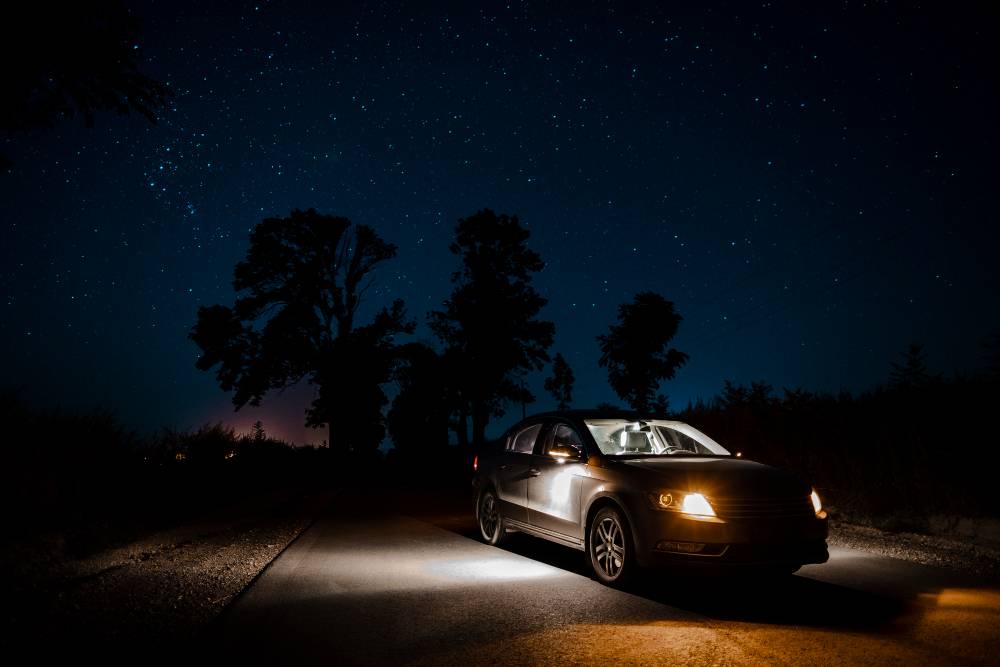Automatic cars are fast gaining popularity in India. That said, our is still a car market that is dominated by manual transmission-equipped cars. Hence, many find driving an automatic a bit too different from driving a manual car. Here are some tips that should help you adapt better to an automatic tranny.
Always remember, left foot should remain on the dead pedal at all times

Make sure you don’t use your left foot while driving an automatic car. It’s pretty simple – On a manual car, you use your right foot for accelerator and brake. It remains the same in an automatic. As for the left foot, it can simply rest on the dead pedal as there’s no clutch pedal to operate. Some drivers end up engaging in what is commonly known as ‘left foot braking’. This is a very wrong practice and should be avoided. Using your left foot to brake, while your right foot is still on the acceleration, can cause the car to lose control. It’s highly recommended to use your right foot for both accelerating and braking purposes. And forget about your left foot after placing it on the dead pedal. Simple.
Not going downhill in neutral
Doing so takes some control away from you. This is because you can’t accelerate in the neutral mode and can only slow down using the brake pedal. Also, you’ll need to first come to a halt before shifting into ‘D’ to start accelerating, which will become too complicated on a slope. Modern-day automatics are wise enough to cut fuel supply on a downward slope, so you really don’t need to shift to neutral to save some fuel.
Shift to N only after car stops

We highly recommend you to shift to N (or to R) only after your comes to a complete halt. This is because shifting to Neutral while the car is still in motion will cause excessive wear and tear of the automatic transmission band. Hence, it’s best to shift the gear lever only after you’ve come to a complete halt.
Always park car in P mode
Always make it a point to leave your car in P (Park) position on the gearshift mode selector level. This is important as the vehicle might otherwise roll off in case the handbrake becomes loose or ineffective.
Make sure you always use handbrake
Remember, leaving gear lever in P mode is not a substitute for the handbrake. It’s best to put on a handbrake and not rely only on the Park mode. Why? The stopping force of a handbrake is far more than what the Park mode offers. Hence, leaving your car in P mode on a slope might not only cause your car to roll away, it is also not good for the longevity of the automatic transmission.
Be careful about the change in performance
Don’t be too surprised if the manual and automatic models of the same car drive in a totally different manner. Also, there are good chances that the AT variants will end up being marginally quicker and even faster. This is due to the advancements in auto transmission technologies. Some Dual Clutch Transmission-equipped automatic cars are considerably quicker than their manual variants. Hence, it’s certainly not a good idea to get into the car and floor the accelerator as soon as you put the gear lever in D mode.
Automatics now offer better mileage

Gone are the days when automatic variants used to be thirstier than their manual counterparts. Today, again, thanks to the advancements in technology, automatic cars often end up being more frugal than their manual counterparts. The dual clutch transmission- and AMT-equipped automatic cars are almost always more fuel efficient than their manual siblings.
Not all automatics are alike

Different kinds of automatics have different natures. For example, you need to put AMT cars in neutral while at a traffic light. On other automatics, you don’t need to do the above. Another example is CVT, which has a typical rubber band effect that’s not present on other kinds of ATs. So, it’s best you understand the nature of the automatic tranny on your car before you start planning to explore it to the fullest.
Understanding the difference between MTs and ATs
When shifting to an AT car from an MT, always take time getting used to the change in torque delivery/acceleration. While some ATs aren’t as quick as the MTs, others are a bit quicker. So, overtaking might require some calculations, at least in the initial days.
The properer way of towing an AT car

Remember, your car’s powered wheels should never be on the road when your car is being towed. For example, the front wheels of a Front Wheel Drive car should be in air while the rear wheels can be left on the road. On the other hand, on a Real Wheel Drive, car, it should be vice verse. Towing your car with the powered wheels on the ground can cause abnormal and excessive wear and tear of the transmission.
[“Source-cartoq”]





